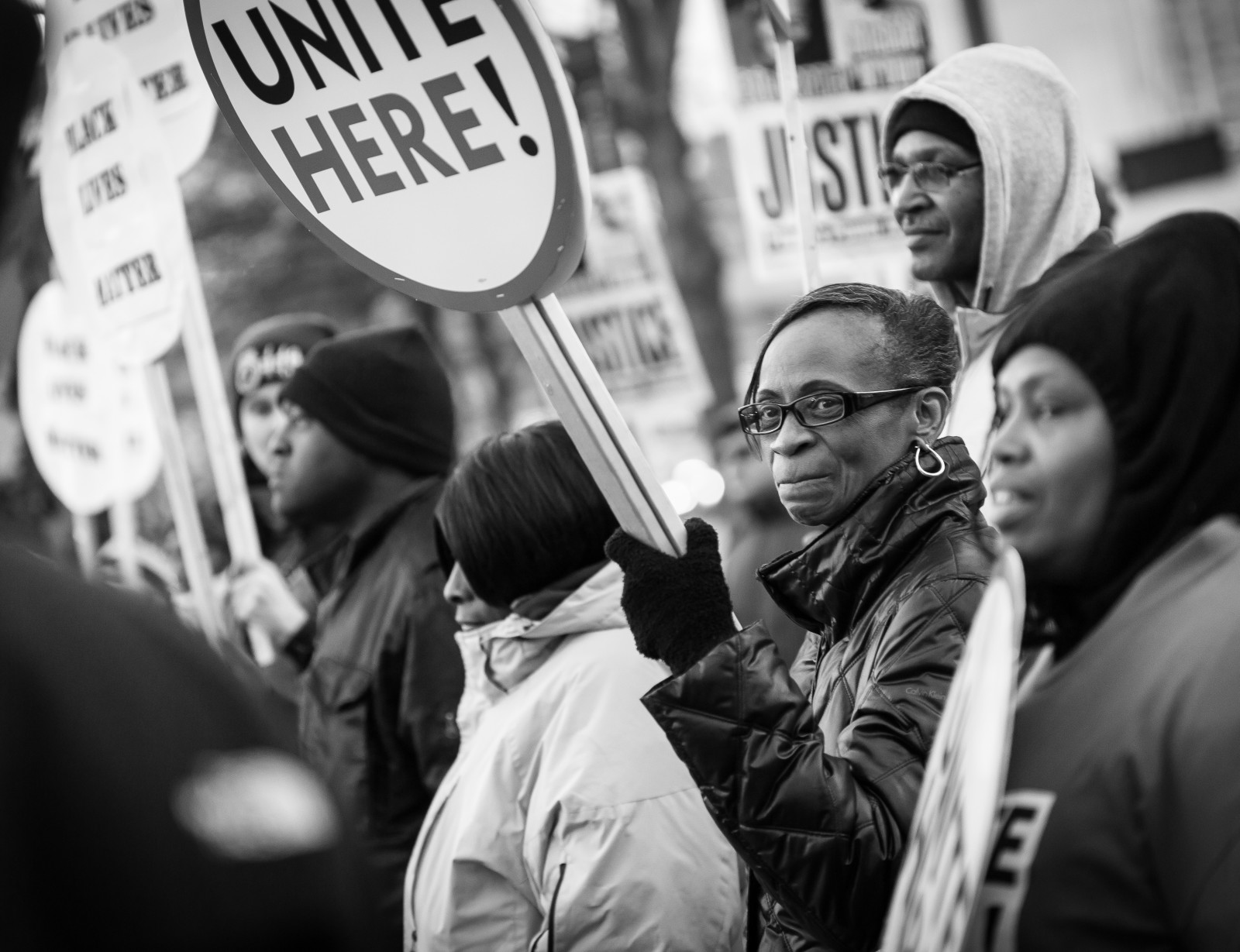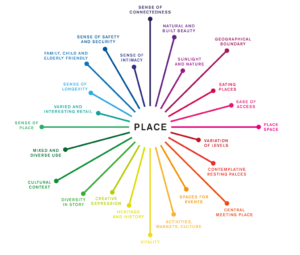The Health and Activism Study continues a line of feminist scholarship exploring political and social attitudes among college-aged women (Tangri, 1993; Cole & Stewart, 1996; Stewart, Settles & Winter, 1998). Sandra Tangri first initiated a longitudinal study of women in male-dominated careers in 1967. The Women’s Life Paths Study (WLPS), as it was known, made significant contributions to the field of psychology in understanding women’s lives, personality development and career goals during a time when women were beginning to enter the labor force. This work was continued by Abigail Stewart and Elizabeth Cole at the University of Michigan, following the same cohort of women into their late sixties at the time of last data collection. Collectively, the WLPS data spans over 35 years of women’s lives.
The Health and Activism Study picks up where WLPS leaves off examining contemporary everyday experiences, levels of identity consciousness and political involvement among young women. A focal feature of the HAS is a concentration on health and well-being. Social activism yields different health effects, compared to other types of giving such as volunteerism (e.g., stress, burnout, etc.) What are the psychosocial mechanisms that contribute to these different effects, and what protective factors allow for maintaining an empowered and changed-oriented view of the world?
CH+SE launched its first wave of the Health and Activism Study in October 2016.




